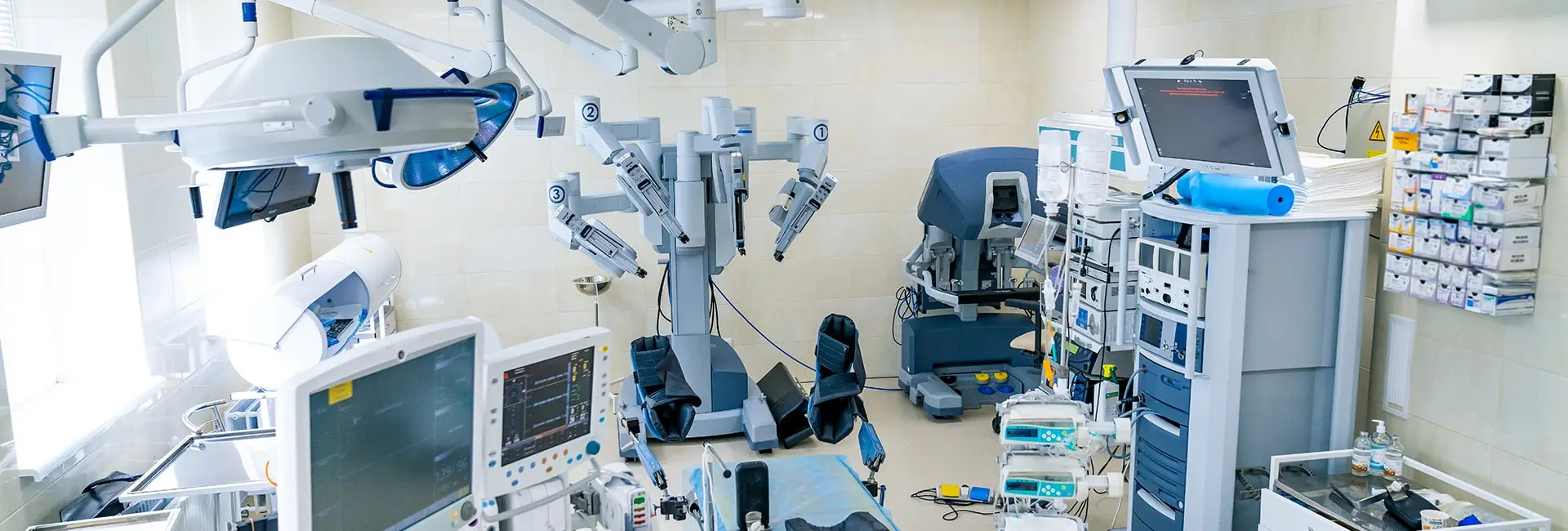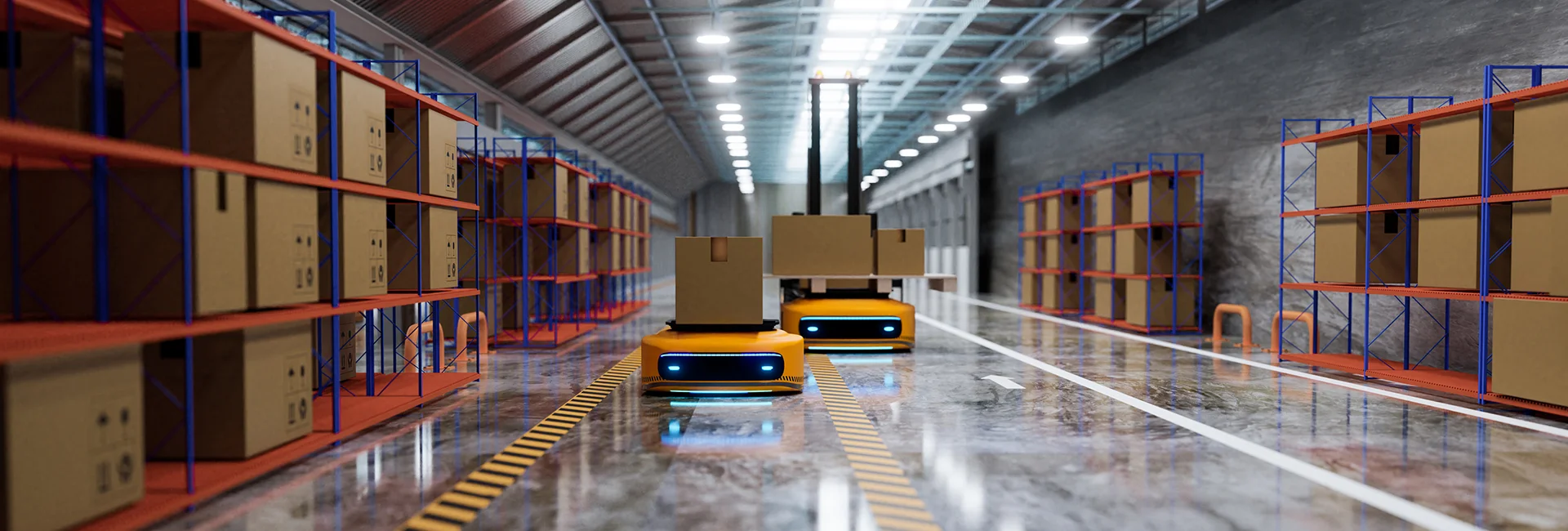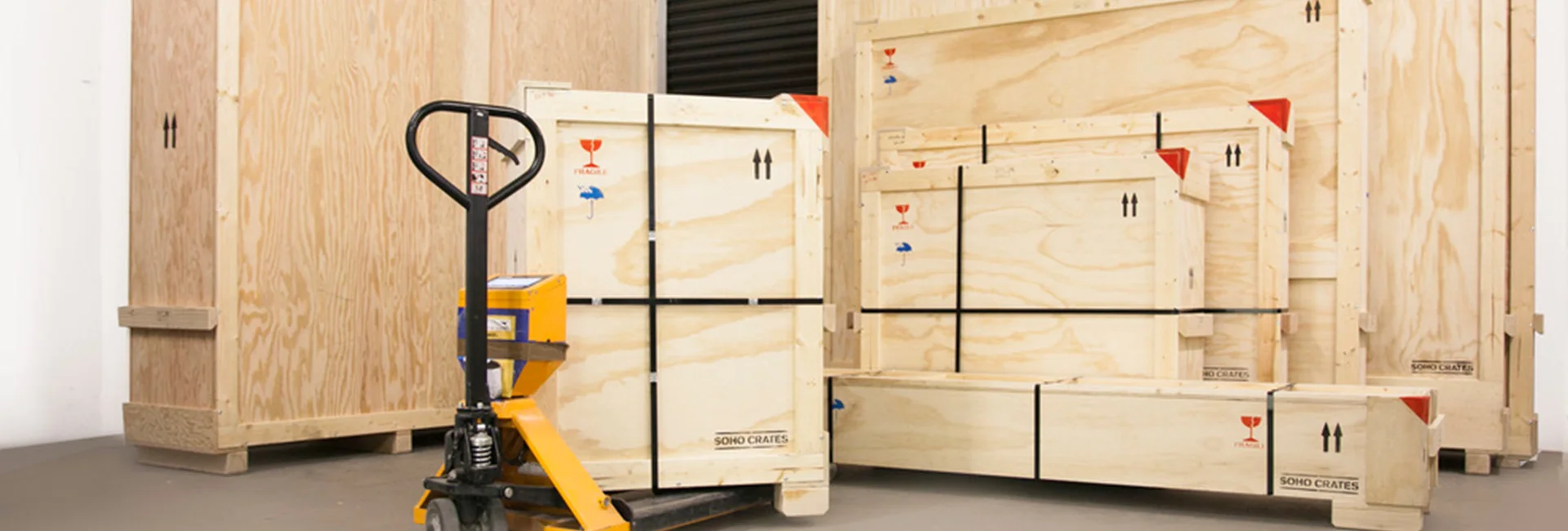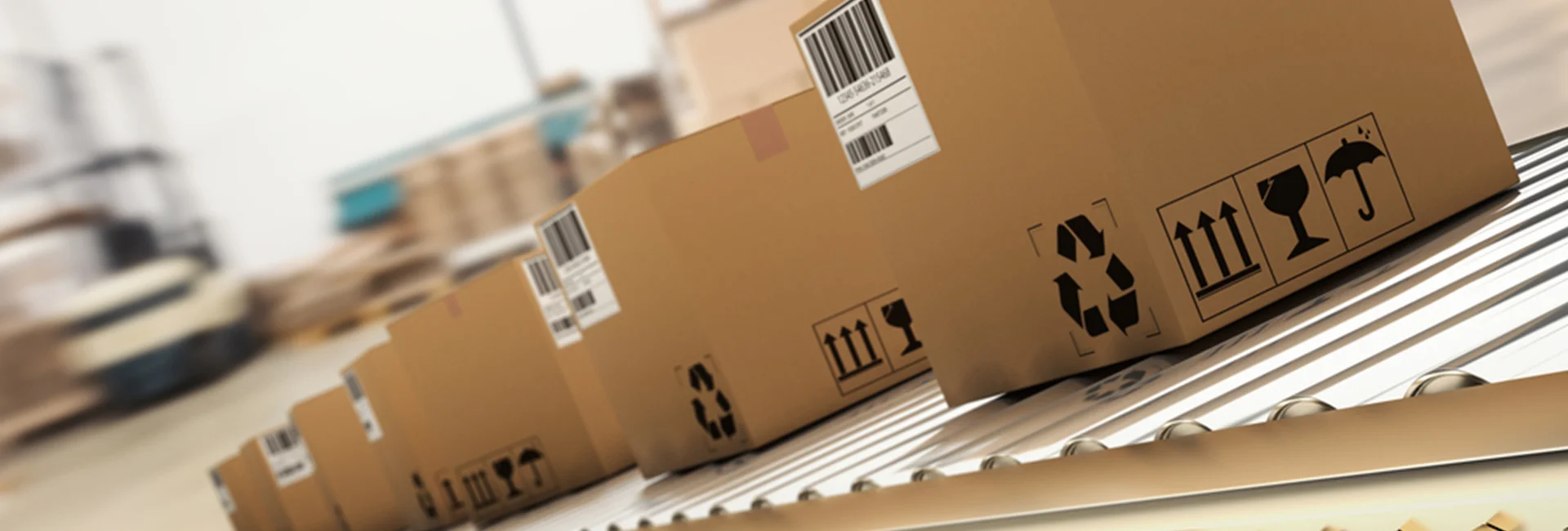- February 7, 2023
Moving medical equipment is a complex process that requires careful planning, attention to detail, and expertise in handling sensitive and often expensive equipment. Transporting medical equipment requires specialized knowledge and resources to ensure safe and timely delivery. Choosing a professional moving company with experience in medical equipment transportation is essential to ensuring that the move goes smoothly and that your equipment arrives at its destination in the same condition as it was before the move.
Earthrelo is one such company that offers international moving services to expatriates and private clients. They have extensive experience in moving medical equipment and offer a wide range of specialized services to meet the unique needs of medical equipment transportation. In this blog, we will discuss the importance of using a professional moving company for transporting medical equipment and the steps involved in the process.
Preparing for the Move
Preparing for a medical equipment move involves several important steps to ensure the safe transportation of your equipment. The following steps should be taken before the move begins:
A detailed inventory of all medical equipment that needs to be moved is essential. This will help you to ensure that all equipment is accounted for at the destination and will also help you to identify any equipment that requires special handling during the move.
Certain medical equipment may require special handling during transport. For example, equipment that is sensitive to temperature changes or equipment that is fragile and prone to breakage may require specialized packaging and handling. It is important to identify any such equipment and communicate this to the moving company in advance.
It is essential to coordinate with the moving company to ensure they have the necessary equipment and resources to handle the move. This includes the right size of moving truck or container, the necessary packing materials, and any specialized equipment that may be required.
Certain medical equipment may require special documentation or permits for transportation. This may include documentation related to the purchase and ownership of the equipment, or permits for transporting certain types of equipment across international borders. It is important to prepare all necessary documentation in advance of the move.
Packing Medical Equipment
Packing medical equipment for transportation requires specialized knowledge and resources. The following steps should be taken to ensure that all equipment is packed securely and arrives at its destination in the same condition as it was before the move:
Different types of medical equipment require different types of packing materials. For example, delicate medical instruments may require specialized foam padding to prevent breakage, while electronic equipment may require anti-static packaging to prevent damage from static electricity.
It is essential to pack all equipment securely to prevent damage during transportation. This may involve using specialized packing materials, such as foam padding or anti-static packaging, and ensuring that all equipment is packed tightly to prevent shifting during transport.
Each piece of medical equipment should be labelled clearly to facilitate unpacking and reassembly at the destination. This includes labelling each component of the equipment and providing detailed instructions for reassembly.
Before the move begins, it is important to coordinate with the moving company to ensure they have the necessary packing materials and expertise to handle medical equipment. This may include providing specialized training to the moving company staff on how to handle and pack medical equipment.
Transporting Medical Equipment
Transporting medical equipment requires careful coordination to ensure timely and safe transportation. Coordinating with the moving company to ensure timely and safe transportation:
Once the equipment has been packed and secured, it’s time to coordinate with the moving company for transportation. It’s important to ensure that the moving company has the necessary expertise and resources to transport medical equipment safely and securely.
Here are some tips for coordinating with the moving company:
- Ensure that the moving company has experience in transporting medical equipment. Ask for references or reviews from other clients who have used their services for similar equipment.
- Communicate any special requirements or instructions for transporting the equipment. For example, some equipment may require climate-controlled transportation or special handling to prevent damage.
- Confirm the transportation schedule with the moving company to ensure that the equipment arrives at its destination on time. Make sure that the moving company is aware of any deadlines or time-sensitive requirements for the equipment.
- Discuss any potential delays or complications during transportation and develop contingency plans to minimize disruptions.
- Ensure that the moving company has adequate insurance coverage for the equipment in case of damage or loss.
Ensuring all equipment is loaded and secured properly in the moving truck or container:
Once the transportation schedule has been confirmed, it’s important to ensure that the equipment is loaded and secured properly in the moving truck or container. Proper loading and securing of the equipment will help prevent damage during transportation.
Here are some tips for loading and securing medical equipment:
- Use appropriate loading equipment to ensure that heavy equipment is lifted and loaded safely. Consider using cranes, forklifts, or other equipment to avoid manual lifting.
- Use appropriate packing materials to protect the equipment during transportation. Bubble wrap, packing peanuts, and foam padding are all useful for cushioning and protecting delicate equipment.
- Secure the equipment to prevent shifting during transportation. Use straps, ropes, or other methods to hold the equipment in place and prevent it from moving around during transportation.
- Label the equipment with clear and detailed instructions for handling and loading. This will help ensure that the equipment is handled properly and loaded in the correct position.
Monitoring the transportation progress and communicating with the moving company as needed:
During transportation, it’s important to monitor the progress of the shipment and communicate with the moving company as needed. This will help ensure that the equipment arrives at its destination on time and in good condition.
Here are some tips for monitoring the transportation progress:
- Use tracking tools provided by the moving company to monitor the shipment’s progress. Many moving companies provide online tracking tools that allow clients to monitor the progress of their shipment in real-time.
- Communicate with the moving company regularly to get updates on the shipment’s progress. This will help you stay informed of any delays or complications and allow you to develop contingency plans as needed.
- Address any issues or concerns with the moving company promptly. If you notice any damage or other issues with the equipment during transportation, contact the moving company immediately to address the issue.
Preparing for any potential delays or complications during transportation:
Despite careful planning and coordination, delays and complications can sometimes occur during transportation. It’s important to be prepared for these situations to minimize disruptions and prevent damage to the equipment.
Here are some tips for preparing for potential delays or complications:
- Develop contingency plans to address potential delays or complications. For example, if a shipment is delayed, you may need to reschedule appointments or find alternative equipment to use in the meantime.
- Consider purchasing insurance coverage to protect the equipment in case of damage or loss. Insurance coverage can provide peace of mind and financial protection in case of unexpected issues during transportation.
- Communicate with the moving company regularly to stay informed of any issues or delays. This will help you stay ahead of potential problems and develop contingency plans as needed.
Unpacking and Reassembling Medical Equipment
After the equipment has arrived at the destination, it is time to unpack and reassemble it. This process is just as important as packing and transporting the equipment, as any mistakes made during this stage can result in damage to the equipment or even pose a risk to patients. Here are some tips for unpacking and reassembling medical equipment:
- Coordinating with the moving company: It is important to communicate with the moving company to ensure that they deliver the equipment to the right location and at the right time. You should also coordinate with them to make sure that they have the necessary equipment and manpower to unload and transport the equipment to its final destination.
- Unpacking the equipment: Carefully unpack each piece of equipment, making sure to remove any protective covering and packing materials. Take your time and be careful not to damage any of the components while unpacking.
- Reassembling the equipment: Reassemble the equipment according to the manufacturer’s instructions. This may require the use of special tools and equipment, so make sure you have everything you need before you start. If you are not familiar with the equipment or are unsure how to reassemble it, consult the manufacturer’s manual or seek professional help.
- Testing and calibration: After reassembling the equipment, it is important to conduct any necessary testing and calibration before using it. This ensures that the equipment is functioning properly and is safe to use. Again, consult the manufacturer’s manual or seek professional help if you are not familiar with the equipment or the testing process.
- Labelling and inventory: As you unpack and reassemble the equipment, make sure to label each piece and update your inventory list. This will make it easier to keep track of the equipment and ensure that nothing is lost or misplaced.
Once you have unpacked, reassembled, and tested the equipment, you can begin using it in your new location. It is important to keep all of the documentation and permits related to the transportation and installation of the equipment in a safe and easily accessible location, in case they are needed in the future.
Conclusion
Moving medical equipment is a complex and challenging process that requires careful planning and coordination. It is essential to use a professional moving company with expertise in handling medical equipment to ensure that the equipment is transported safely and securely. Earthrelo is a leading international moving company with experience in transporting medical equipment. They have the necessary expertise, resources, and equipment to handle all types of medical equipment and ensure that it arrives at its destination safely and on time.
In conclusion, if you are planning to move medical equipment, it is essential to work with a professional moving company like Earthrelo to ensure a successful move. With their expertise and resources, you can rest assured that your equipment will be transported safely and securely.





